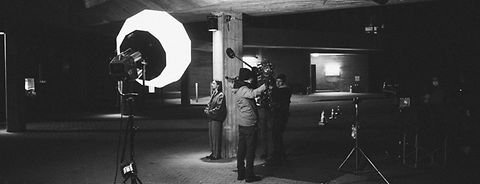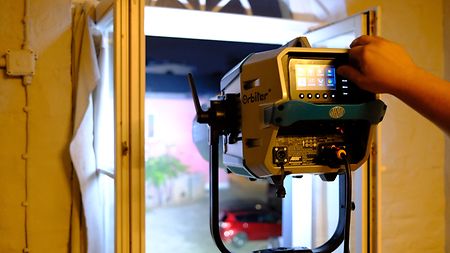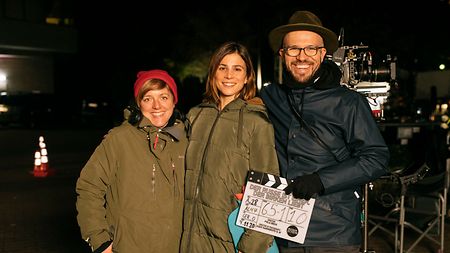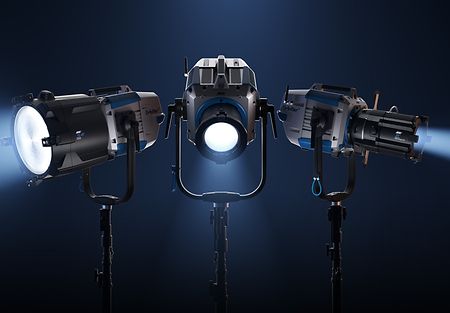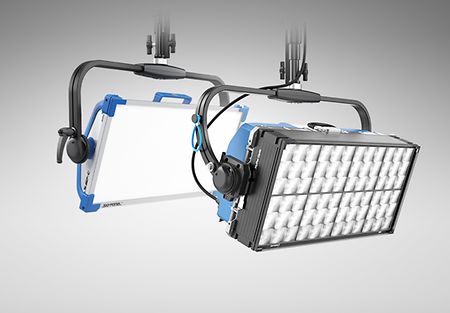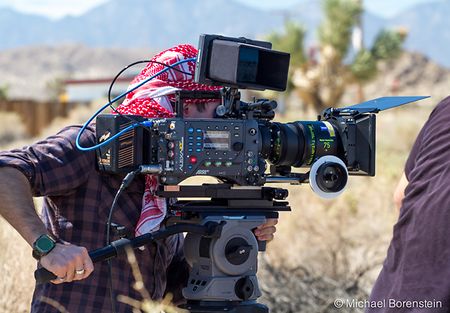From October to December 2020, the filming of “All Russians Love Birch Trees” took place in Germany and Israel. The feature, an Augenschein production, is an adaption of Olga Grjasnowa’s bestselling novel with the same name and will be released in 2021. Director Pola Beck tells the story of Mascha—a young woman played by Aylin Tezel—and her search for identity, love, and her place in the world, triggered by her upbringing and her boyfriend’s severe illness.
DP Juan Sarmiento G. ADFC, BVK, 2020 winner of the German Cinematography Award, captured “All Russians Love Birch Trees” with ARRI’s ALEXA Mini LF camera and ARRI Master Anamorphic and ARRI Rental’s exclusive ALFA lenses. Lighting equipment for the film, including the ARRI Orbiter, ARRI SkyPanels, and ARRI daylight fixtures, were operated by gaffer Andy Stein. By chance, the two met in 2019 at an ARRI event for the first time and are now collaborating.
“Lighting is extremely important in every film I make, especially the mixture of natural and artificial light,” explains Juan Sarmiento G., who has worked on international features, series, and shorts, both fiction and documentaries, before. According to him, “All Russians Love Birch Trees” was shot on locations with a lot of natural light during the day and high contrast at night. He had to manage a mixture of different fixtures since the qualities of the natural light in Germany and Israel are rather different: “We shot some scenes in Cologne which actually take place in Israel in the film, and for those, I used much more artificial light to enhance the warmth and quality of the light. After all, November in Germany is much darker than Israel, and I wanted the look of the Israeli part to be full of warm sunlight.”
These Israel scenes in Cologne were shot indoors and lit with ARRI daylight fixtures rigged to a scaffolding. Some nights required more difficult setups. In general, Juan Sarmiento G., prefers “very flexible and versatile approaches.” For the night scenes, he trusted LEDs such as Orbiter and SkyPanels as the most appropriate working units.
